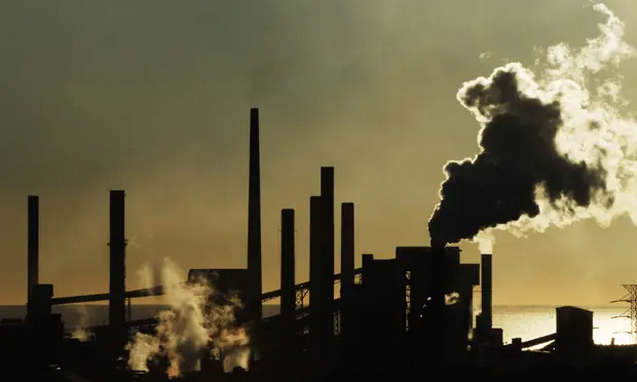Australia is facing an uncertain future when it comes to our continent’s most precious resource – water.
That’s the daunting warning laid out in a draft report on Thursday by the government’s Productivity Commission which highlights the immense challenges facing the nation as it looks to reform national water policy.
If not, a grim future awaits.
The twin trends of population growth and climate change mean Australia’s drying continent will struggle to cope with our future needs as water scarcity becomes an increasingly pressing issue, the major review finds.
In a worst case scenario imagined in the report, demand for water in the city of Melbourne could outstrip supply in just seven years.

|
|
Water has to be stored, distributed as needed and carefully
managed. Water is heavily used in some areas while in others the
percentage used is fractional. Source: PC
LARGE IMAGE |
“Scenarios developed for Melbourne, for example, include a worst case of demand outstripping supply by around 2028.”
Signed in 2004 during the Millennium drought, the National Water Initiative (NWI) has been credited with positive changes in water usage by placing caps on how much water can be taken from river and groundwater systems, improving industry efficiency, and allocating water for the environment. However, the review found the NWI had “reached its use-by date”.
“If we look at the current NWI, it really will struggle in the face of our future challenges,” Commissioner Jane Doolan said.
Climate change central to Australia’s looming water woes
The draft report into the NWI, a federal-state reform agreement which has informed water policy for 17 years, urged governments to make climate change a top consideration with severe droughts and floods set to increase.
“Climate projections point to hotter, drier and more extreme weather — particularly in southern Australia. This will likely mean material reductions in water availability for most of the country and an increase in the frequency and severity of droughts and floods across the nation,” the report says.

|
|
Median projections of percentage change in average annual rainfall,
potential evapotranspiration and run-off in the coming decades show
a drier continent. Source: PC LARGE IMAGE |
Ms Doolan said an estimated additional 11 million people would be living in Australia's capital cities by 2050.
“The NWI needs to be refocused to provide strong guidance on how to adapt water management to best meet our needs in a changing climate,” she said.
“The droughts and water scarcity experienced during the past 20 years are likely to be a harbinger of things to come.”

|
|
Urban water management will become increasingly important in the
years ahead. Source: Getty
|
Among the recommendations is a call for mining and petrol companies to no longer be exempt from planning requirements faced by farmers and other water users.
The report also calls for Indigenous people to be given a greater say in water use to support cultural objectives and economic development.
Federal government slammed for inefficient water strategy
The draft report also launches a scathing assessment of governments' funding decisions around dams, weirs, pipelines and other water infrastructure projects.
It finds seven projects received federal funding without businesses cases or environmental approvals.
The Rookwood Weir in Queensland is used as an example of a funding commitment at odds with Infrastructure Australia's independent project evaluations.
The harshest criticism is reserved for the $484 million Dungowan dam near Tamworth in NSW, which is being funded on a 50-50 basis by the federal and state governments.

|
|
Dungowan dam near Tamworth was declared an expensive option to
improve water supply. Source: WaterNSW
|
Directly purchasing the same amount of water would cost two per cent of the dam.
Based on the cost of the dam, the extra six gigalitres would be valued at 44 times the current market rates for irrigators.
Prime Minister Scott Morrison and Nationals leader Michael McCormack have made separate funding announcements for the dam over the past 18 months.
The commission warns maintaining the same approach to funding water infrastructure will unnecessarily burden taxpayers.
Links
- (AU) Productivity Commission Says New Australian Water Deal Must Recognise Climate Change
- Our national water policy is outdated, unfair and not fit for climate challenges: major new report
- Productivity Commission finds Australia's water policy not up to challenge of climate change, population growth
- Productivity Commission: National Water Reform Draft report
- Climate must dictate water policy: Productivity Commission
- Murray-Darling Basin Inspector-General To Oversee Water Efficiency, Compliance And Allegations Of Theft
- (AU) Wake Up, Australia: Deceit And Post-Truth Politics Will Not Save You From The Flames
- (AU) Climate Change: Words Don't Matter As Much As Action
- Drought Plan Must Factor In Climate Change
- Productivity Commission says Coalition should adopt price on carbon



